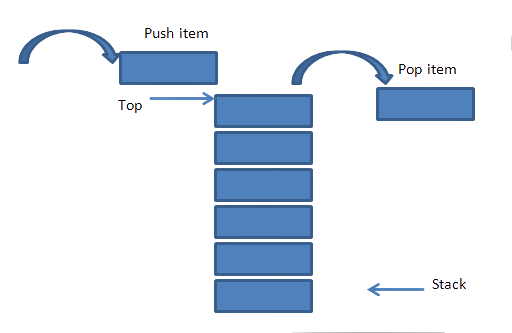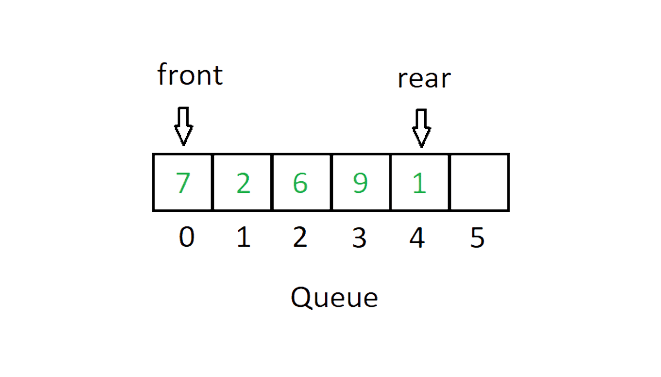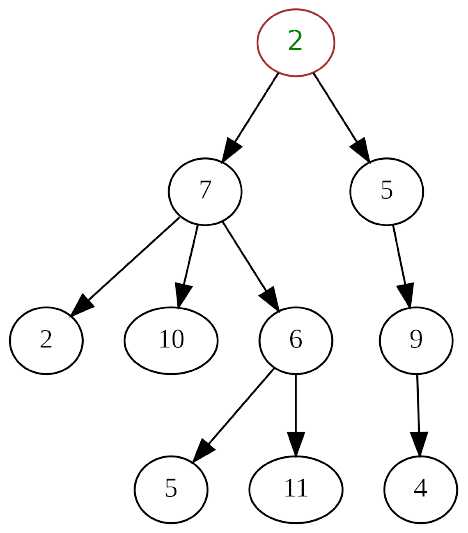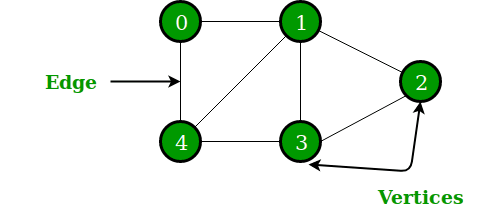What is a Data Structure?
Data Structure is nothing but storing the day in an organized way. It is used to store the data in a particular way ( such as the last input value will get out first ).
We have different data structures for different types of applications and we can use them as per our needs.
Types of Data Structures
We have two types of data structures, they are:
Linear Data Structure
Non-Linear Data Structure
let's go with Linear Data Structure first.
1. Linear Data Structure:
In a Linear Data Structure, data is stored in an ordered manner.
We have 4 types of Linear Data Structures, they are:
Arrays
Stack
Queue
Linked List
Let's start with Arrays first.
1. Arrays:
Arrays are linear data structures, in which data is stored in order.
Here, each data block has some address and also an indexing number.
In arrays, data is stored in consecutive memory locations in the memory.
For example, we define an array of type integer, and of size 5. The array name will contain the address of the first block of the array.
We can access array elements via index numbers.

2. Stack:
Stack is a linear data structure, which follows the first in last out process.
In a stack, all the elements are stored in order.
We have one end called top in the stack where we insert and delete elements.
We have 3 operations in Stack:
Push
Pop
Display
- Below is an example of a Stack:

3. Queue:
Queue is a linear data structure, which follows the first in first out process.
Queue stores the data in order.
We have 2 ends in the queue data structures, front and rear.
At the rear end, we insert elements and at the front end we deletes an element.
We have 3 operations in Queue:
Enqueue
Dequeue
Display
Below is an example of Queue data structure:

4. Linked List:
A linked list is a linear data structure, in which we have n number of nodes and all are connected.
In each node we have 2 cells, one cell contains the value and the second cell contains the next node address.
The second cell of the last node contains Null, which means end of the list.
Below is an example of a Linked list data structure:

2. Non-Linear Data Structure:
In a Non-Linear Data Structure, data is not stored in an ordered manner.
We have two types of non-linear data structures:
Trees
Graphs
Let's start with Trees first.
1. Trees:
The tree is a non-linear data structure and hierarchy consisting of a collection of nodes such that each node contains a value and a list of references to other nodes.
In trees, we have levels like the top-most parent node will be of zero level and as we go through child nodes the levels will get increase.
Below is an example of tree data structure:

2. Graph:
A graph is a non-linear data structure that contains vertices and edges.
The vertices are referred to as nodes and the edges are lines or connections between the nodes.
Below is an example of a graph:

Outro:
That's all about data structures for today.
Keep Learning in Public
Thank you...